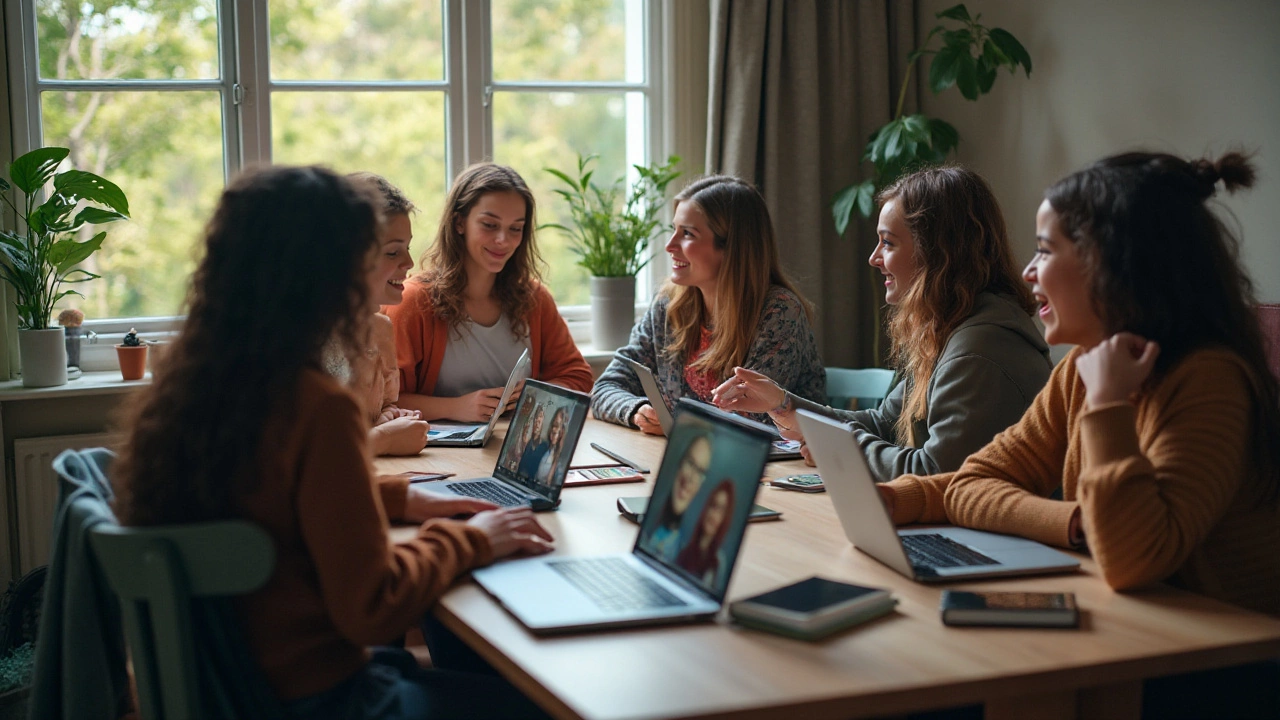Distance Learning: Easy Ways to Study Anywhere
Online classes have become a normal part of life, whether you’re a student, a professional, or just curious about a new skill. The biggest advantage? You can learn from the comfort of your sofa, a coffee shop, or even while traveling. All you need is a reliable internet connection and a clear plan. Below are simple steps to turn your device into a personal classroom without the hassle.
Getting Started with Online Classes
First, pick a platform that matches your learning style. Websites like Coursera, FutureLearn or the PPE Lessons portal offer structured courses with video lessons, quizzes and certificates. Sign up, browse the catalog, and filter by “distance learning” to see what’s available for free or at a low cost. Next, set a realistic schedule. Treat each lesson like a regular class – block out a specific time slot, turn off distractions, and stick to it. Use a planner app or a simple notebook to note due dates and any live webinars you need to attend.
Boosting Your Learning with Free Resources
PPE Lessons, for example, provides a range of safety‑focused e‑learning modules that you can take at your own pace. Their courses cover everything from basic PPE use to advanced workplace safety, all delivered through short videos and interactive quizzes. Because the content is bite‑sized, you can fit a lesson into a lunch break or a short commute. The platform also offers downloadable worksheets, so you can practice offline and review later.
Beyond dedicated portals, public libraries and university websites often share open‑access PDFs, lecture recordings and study guides. YouTube channels that specialize in education, like CrashCourse or Khan Academy, break down complex topics into 10‑minute videos. Pair these videos with note‑taking tools such as Google Docs or Notion to keep everything organized in one place.
Staying motivated can be tough when you’re learning alone. Join a study group on platforms like Discord or Facebook. Sharing progress, asking questions, and setting group challenges creates a sense of community and keeps you accountable. If you prefer one‑on‑one help, look for free tutoring services or volunteer mentors who offer virtual office hours.
Finally, test yourself regularly. Short quizzes at the end of each module help cement knowledge and highlight gaps. Use flashcard apps like Anki to review key terms daily. The more you interact with the material, the less likely you are to forget it.
Distance learning doesn’t have to feel like a lonely marathon. With the right tools, a clear routine, and a bit of community support, you can turn any screen into a powerful classroom. Start exploring today, and watch how quickly you can pick up new skills without ever leaving home.

















